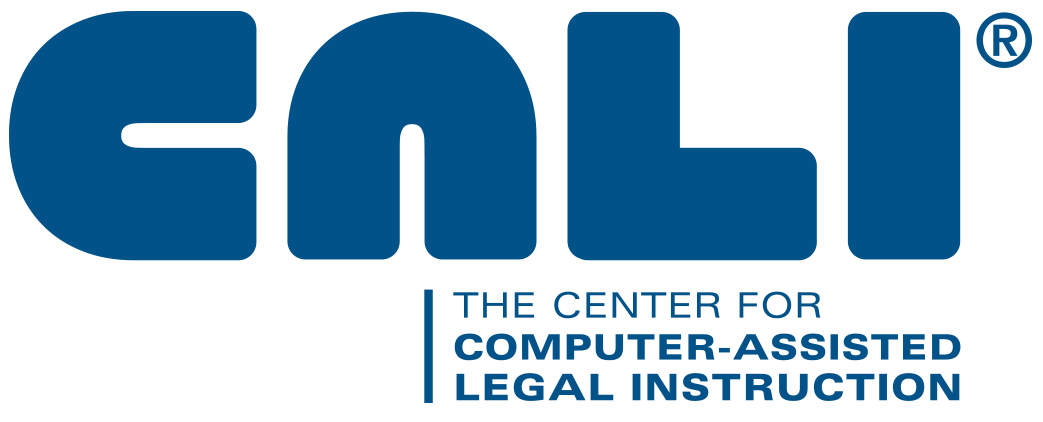Preface
This book is a basic income tax text. I intend this text to be suitable for a three-hour course for a class comprised of law students with widely different backgrounds. Certain principles permeate all of tax law. I have found that certain axioms or principles will carry us a long way. For example, income is taxed once – or treated as if it has been taxed. Once it has been taxed, its investment gives the taxpayer basis – which I define not as cost but as money that will not be subject to tax again. Etc. The text returns to these principles throughout. I usually put these matters in text boxes.
At a minimum, I want students who have completed basic income tax to know these principles and to be able to apply them, i.e., to develop some “tax intuition.” This intuition will serve well the student who wishes to take more tax classes. I tried to identify what I want students to know before enrolling in corporate tax or partnership tax – and to make certain that I covered these principles in the basic course. Such intuition will also serve well the student for whom the basic course is a “one and done” experience. Like it or not, tax law affects most legal topics, and such intuition should at least give students working in other areas of the law an idea of when it is time to ask questions concerning lurking tax issues.
At the end of every chapter, I have included a short section entitled “What have you learned?” This page may be examined before beginning the study of a chapter. I intend it to be a statement of learning objectives: a student should have a solid understanding of the items listed.
In some areas, I have relied heavily on the CALI drills by Professor James Edward Maule (Villanova University). These drills both review and, in some instances, teach a little substance. Each zeroes in on a specific topic and should take a student about twenty minutes to complete if she has adequately prepared to do the drill. Of course, students can work through such drills at their own speed. With the assistance of CALI’s LessonLink, professors and students alike can monitor students’ understanding of the discrete topics of these drills.
I have tried to make this text very readable – so that students can easily understand. I have aimed at law students who “know” they have no interest in income tax – but who may find that they in fact have a considerable interest in tax law. With my political science background, I was such a student. I am proof that one does not have to have an accounting background to find income tax law both important and interesting. Additionally, Magdalene Smith and Jay Clifton III were two such students; they assisted me greatly in making this text as accessible as possible to all law students. I thank them now for their work.
I have alternated from one chapter to the next my usage of singular indefinite pronouns. I have used the feminine forms for chapters 1, 3, 5, 7, and 9. I have used the masculine forms for chapters 2, 4, 6, 8, and 10.
WPK
Memphis, Tennessee, July 2013, May 2016, and May 2017.
My use of pronouns referring to non-specific persons alternates between the feminine and masculine chapter by chapter.
In December 2017, Congress enacted the Tax Cuts and Jobs Act. This statute contains significant measures that alter several Code provisions important to this course. Some, but not all, of these measures are “temporary,” i.e., for calendar years 2018 to 2025. I anticipate that we will be in for a period of intense lobbying to make these changes permanent. I note and briefly describe the provisions that have been “suspended” – anticipating that many of these changes will be made permanent.
WPK
Memphis, Tennessee, May 2018 and May 2019
